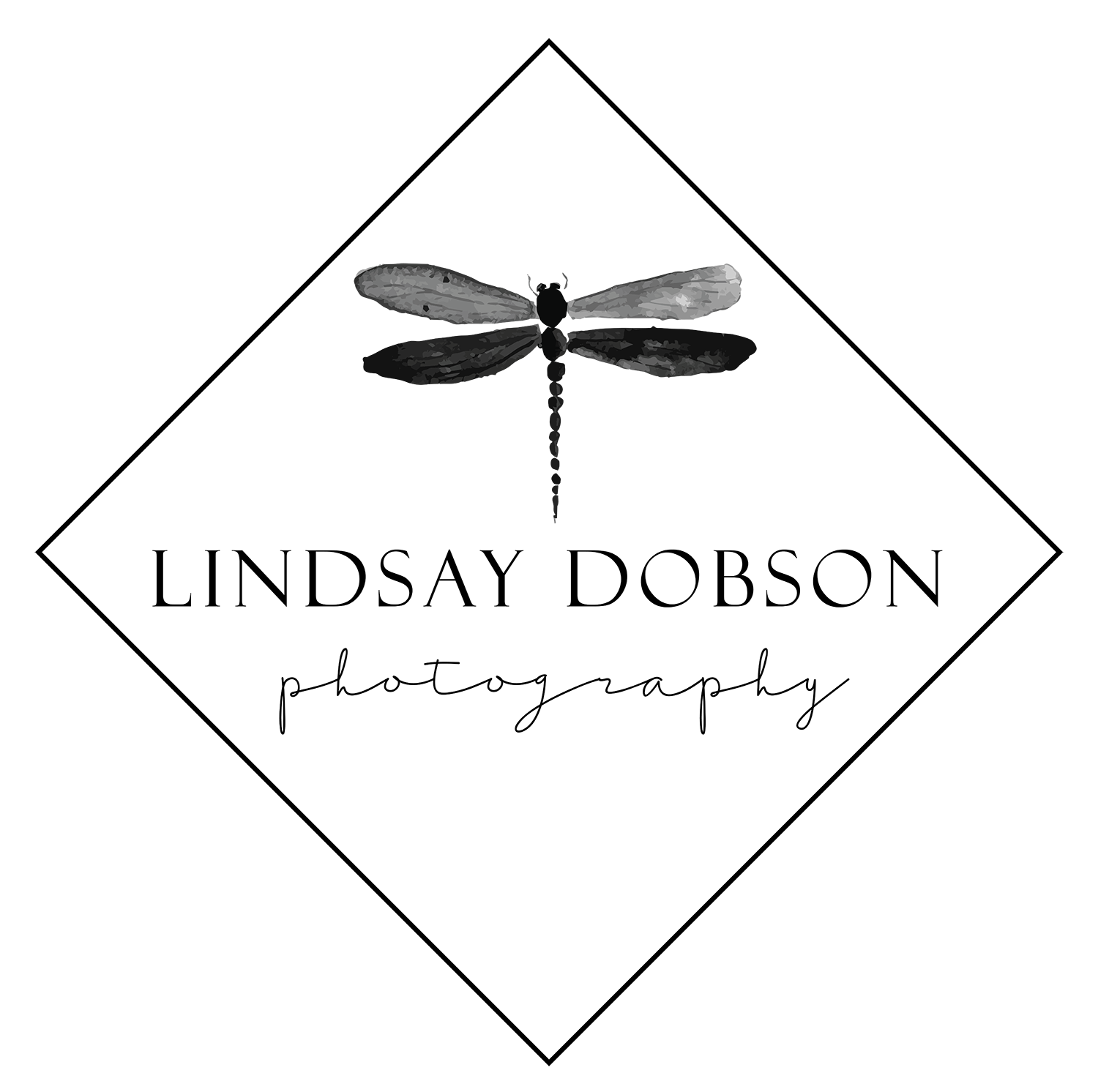The Decline of British Bees and How to Help Bees Survive
Native British bees are sadly declining in huge numbers. So much so that there’s a genuine threat to our food chain. We depend on bees to pollinate many crops and other valuable natural assets. Pollination by bees is the breeding mechanism for around 80% of plants.
The loss of bees is largely down to the use of pesticides. It’s also true to say that the ongoing loss of natural habitats also plays a large part. The UK is an island nation, we have finite resources. Year-on-year the population is growing and more and more land has to be eaten up for housing and more roads. This is happening at a frightening rate. I first lived in my current village (Storrington in West Sussex) around 35 years ago. To say it was a sleepy quiet place is an understatement. When I look at it now, it’s barely recognisable. And that’s exactly the same for the vast majority of towns and villages in South East and Southern England. Every small pocket of land is being developed and even fields which I remember as equine grazing are now large housing estates. The roads are also incredibly congested, journeys which took very little time 20 years ago are now arduous and stressful. If it’s that bad for humans, it must be pretty awful for insects and animals.
If we’re fortunate enough to have a garden then careful planting can do much to encourage bees. I now have large planters of lavender at the front and back of my home, and on a warm sunny day I can sometimes count a dozen or so different species of bee. Generally purple and blue flowers attract bees (and butterflies). Some guidance on how to plant your garden for bees can be found here: Plants to Encourage Bees and Pollinators
I love photographing animals of all shapes and sizes, even tiny creatures like this. To make a shot more than simply a record of what you’ve seen, think about how you can use the colours and shapes to make a more dramatic composition. The simple colour scheme and the strong graphic shape of the petals made this a shot that I wasn’t going to miss. I couldn’t resist grabbing this picture – this beautiful bee is absolutely covered in pollen and was busy transferring the grains from plant to plant. You don’t need fancy equipment or an expensive macro setup to get fairly close to insects, most wide to telephoto kit lenses will do just fine.
If you want to get really close to your subject then you will need a macro lens and a tripod, or for price and convenience a Hoya +4 dioptre is a good alternative (but expect an extremely narrow depth of field).
If you’re interested in how our bees are doing, there’s a very comprehensive and interesting article here: The Decline of the British Bee

